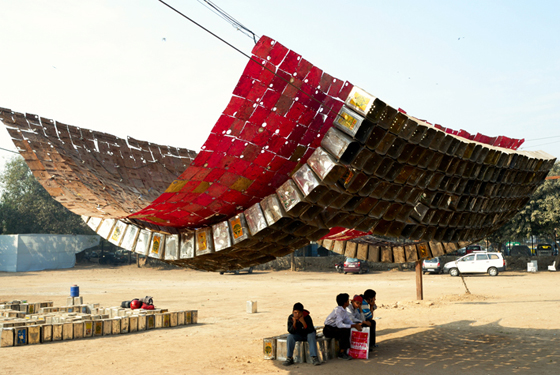
Recently, I have been collecting information about low-resource innovations in developing countries. During my stay in New York, I ran across a very insightful exhibition at the AIA center for architecture: “Jugaad Urbanism”. The show presents creative strategies of making do – solutions to survival with a lack of resources by people living in the big cities of India.
The Hindi term “jugaad”, in a broad sense, refers to a certain resourcefulness and innovation found in Indian cities. Jerry-rigged cars, homemade stoves, and do-it-yourself water filtration are all examples of citizens making do with what they have on hand. Jugaad solutions emerge from the crisis; citizens respond to issues of sanitation, shelter, energy and water, with improvisational energy, cobbling together materials and resources by their own means to improve their living situation.
The exhibition juxtaposes homemade solutions and the “designed” ones, showing how the two can complement one another to improve city life. The ideas are related to renewable energy, recycling, water, sanitation, transport, shelter and food. The solutions may be small in themselves but solve very basic problems which concern people in greater scales. As Margaret Castillo, the president of the American Institute of Architects New York Chapter explains: “object-based, small-scale urbanism proves that good design has the power to make the world a better place.”
Some examples of Jugaad innovations:

E-CHARKHA
Charkhas are used by many people in India to produce ‘yarn’ from cotton, wool and similar materials. The poorest of the poor use the charkha as a livelihood and lack many basic amenities in their lives. Often, the main amenity missing is a simple light for their huts or homes. The e-charkha produces not only yarn but light as well. The battery is charged when the charkha is being used, and powers a small LED based ‘home-light’. The battery can even provide electricity to power a small transistor radio.

SOLECKSHAW
Unlike the auto rickshaw, the cycle rickshaw is driven with human power and is free from pollution. However, it can be very strenuous for the driver, especially on uneven roads and inclement weather. Keeping both the environmental impact and the health of cycle rickshaw drivers in mind, the Central Mechanical Engineering Research Institute in Durgapur, West Bengal has come up with the Soleckshaw, a solar powered motor-assisted cycle rickshaw.

JUGAAD VEHICLE
Another jugaad vehicle—assembled from spare parts, water pump engines, and wooden carts. The vehicle displays no registration plate, runs on diesel, and pays no road tax.
—
With so much emphasis on high design and high-tech in typical architecture shows, an exhibition focusing on grassroots design by the people brings a refreshing perspective to designing for life in contemporary cities. “In place of the master plan and tabula rasa urbanism, Jugaad urbanism takes the improvised, actually existing urban conditions of the Indian metropolis as a point of departure to consider the scale and scope of new design interventions,” says Vyjayanthi Rao of the New School for Social Research. “This exhibition raises questions about the nature of innovation itself and the systems that support intervention.”
In New York, where people stroll the streets with cardboard coffee mugs and fetch taxies to take their abundance of shopping bags home, Mumbai may seem a world away. Yet, most people of this globe live a totally different reality, left to negotiate with lack of resources. One cannot but think that we could and should learn from these ideas that are both affordable and sustainable, but most of all, from the resourcefulness and the Jugaad attitude behind them.
The exhibition continues until 21 May at The Center for Architecture, 536 LaGuardia Place, New York.
____________________________________________________________________________________
Brief Notes from New York
This series presents moments and observations from the city of all cities: New York. The series was started by Kati Laakso, who is originally from Helsinki, Finland, and has been living in New York for two years. During the spring 2011, she is joined by Hella Hernberg, who recently spent a month as artist-in-residence in Manhattan.
New York as a city and a cultural landscape is in constant change. The evolving nature of its structure and inhabitants transforms it from day to day, year to year. The change does not only occur in the city structure but also in the social forms taking place in different places every minute. Not only the city itself but also its inhabitants are constantly developing new forms of life, new forms of doing things, and making the city what it has been and will be tomorrow.
____________________________________________________________________________________
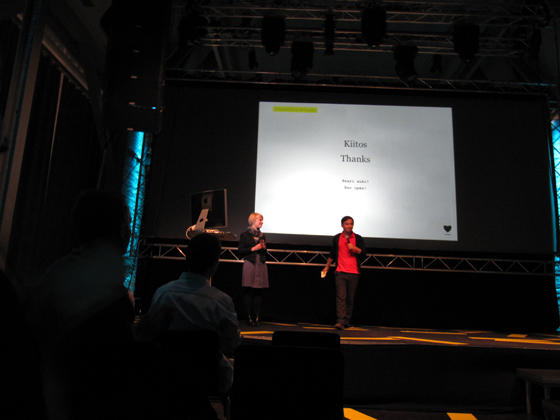
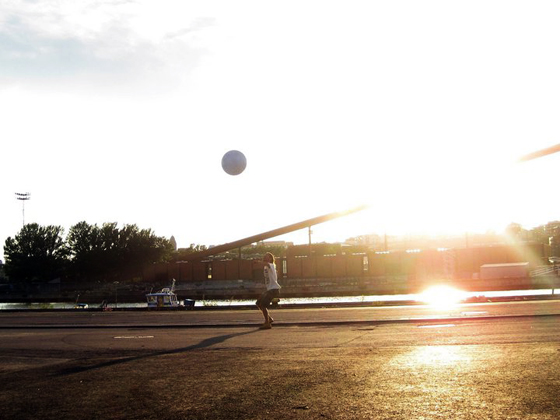
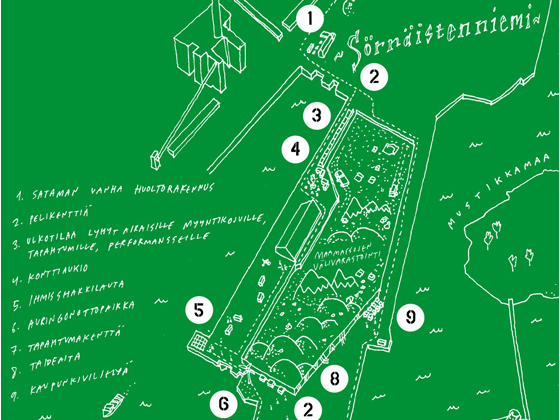
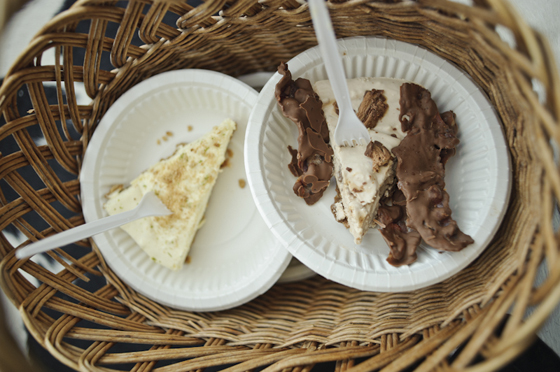
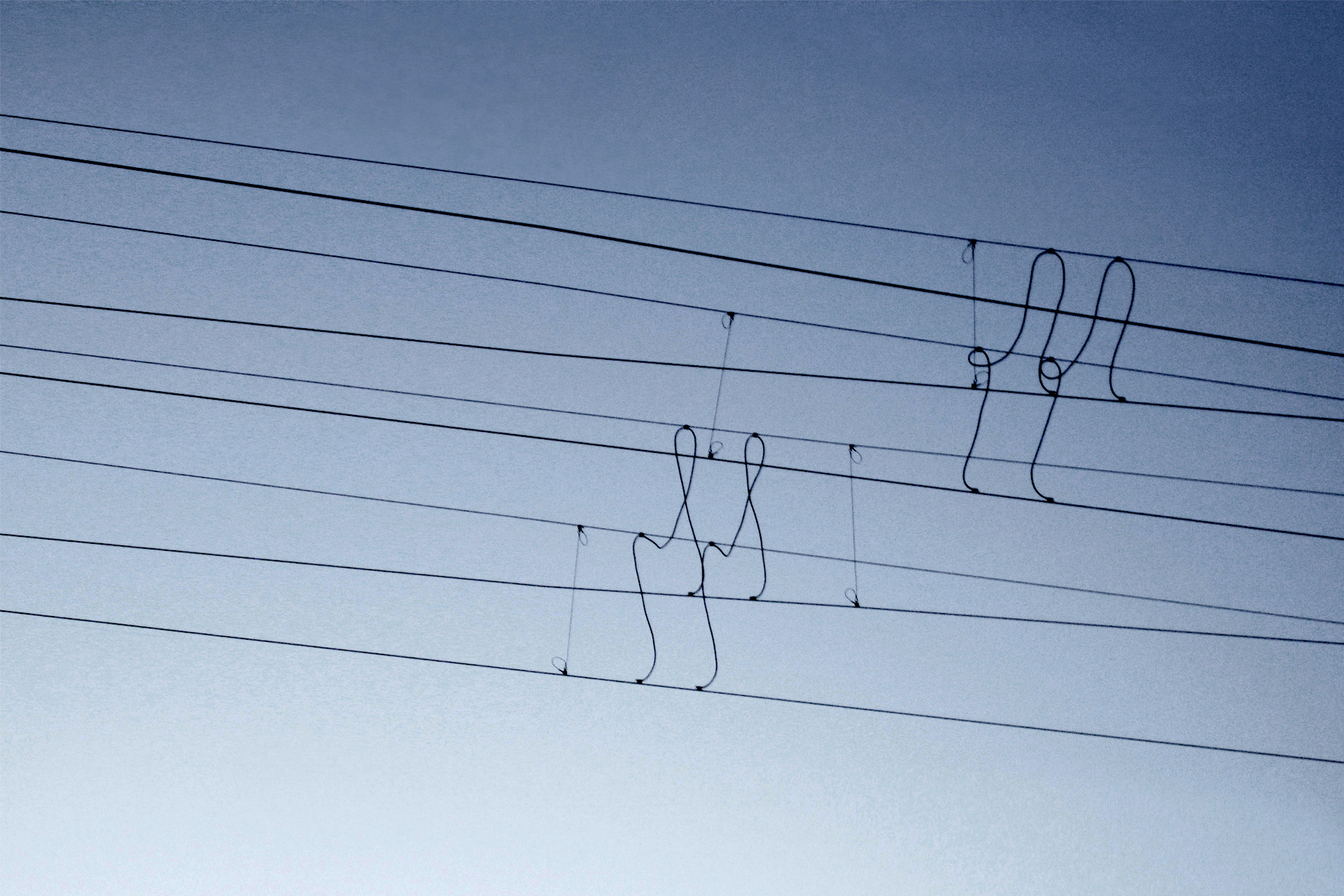
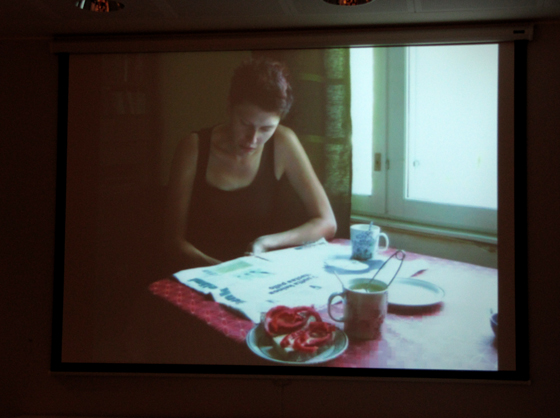

2 Responses
“Jugaad” – innovation inspiration from India | BoP Designer
[…] – Jugaad canopy by Sanjeev Shankar, photograph by Sundeep Bali; E-charkha and inventor R.S.Hiremath, photo courtesy of Flexitron (source: “Jugaad – Practice of Making Do”) […]
“Jugaad” – Design & Innovation Inspiration from India | BoP Designer
[…] – Jugaad canopy by Sanjeev Shankar, photo by Sundeep Bali; E-charkha and inventor R.S.Hiremath, photo courtesy of Flexitron (source: “Jugaad – Practice of Making Do”) […]